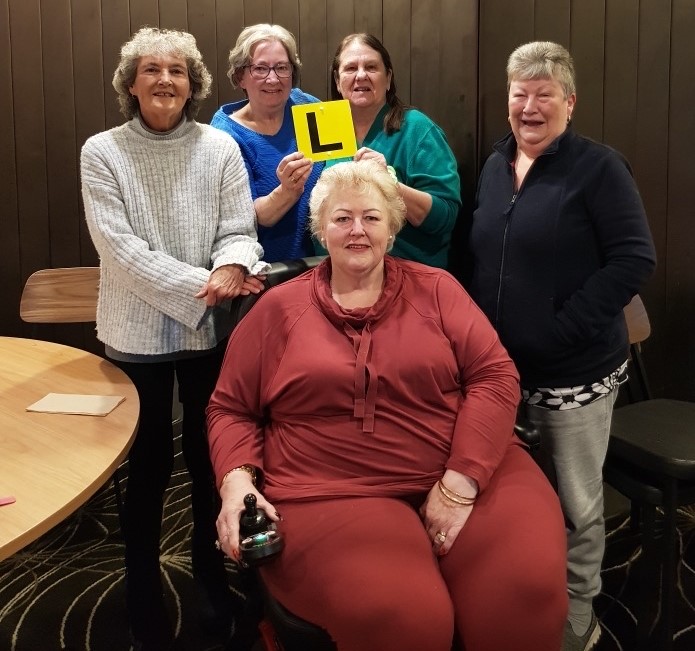
REDFEB – Heart Research & awareness month
Red Feb is a monthly awareness month, organised by Heart Research Australia in order to raise funds for innovative research into the prevention, diagnosis and treatment of heart disease.
Their goal is to reduce the devastating impact heart disease has on families and the community. The focus is seed-funding for cardiac researchers to investigate new areas. The aim is to make their work competitive for grants from national bodies such as the National Health and Medical Research Council.
Heart disease is still Australia’s leading cause of death affecting families and communities around the country.
If you wish to donate, visit https://www.heartresearch.com.au/donation-page-redfeb/
What is Heart Disease?
Heart disease is Australia’s leading single cause of death, with 18,590 deaths attributed to heart disease in Australia in 2017. Heart disease kills one Australian every 28 minutes¹.
Heart disease is an umbrella term for range of conditions that affect your heart. Diseases under the heart disease umbrella include blood vessel diseases, such as coronary artery disease; heart rhythm problems (arrhythmias); and heart defects you’re born with (congenital heart defects), among others.
The term ‘heart disease’ is often used interchangeably with the term ‘cardiovascular disease’. Cardiovascular disease generally refers to conditions that involve narrowed or blocked blood vessels that can lead to a heart attack, chest pain (angina) or stroke. Other heart conditions, such as those that affect your heart’s muscle, valves or rhythm, also are considered forms of heart disease.
Keeping your heart healthy, whatever your age, is the most important thing you can do to help prevent and manage heart disease.
However, several things are known to increase the risk of developing heart disease. People with two or more risk factors in their lives are much more likely to get heart disease than those with one or none. To read more about heart disease risk factors click here.
By improving your lifestyle, including your diet and level of fitness, you can minimise your risk of getting cardiovascular disease. Even if you have two or more risk factors, you can still make changes that will reduce your chances of developing heart problems.
Women and Heart Disease
Heart disease kills more than two times as many Australian women than breast cancer.
Moreover, about 40% of heart attacks in women are fatal, and many occur without prior warning. Sadly, the majority of women don’t realise it’s one of their leading causes of death.
Why is heart disease less recognised in women?
- Women tend to develop symptoms of heart disease at a much later stage of the illness than men
- Their symptoms are often vaguer or ‘non-specific’
- Some diagnostic tests for heart disease are less accurate in women than in men
- Women are less likely to seek help quickly
- Some health professionals are less likely to check
Women’s symptoms of a heart attack
Did you know that women can experience different symptoms of a heart attack to men and are often less likely to experience chest pain type symptoms?

If you aren’t feeling normal or are experiencing any of the symptoms above, head to your local emergency room or call 000. It is better to take care of yourself and prevent damage to your heart, in the event you are having a heart attack.
When does heart disease occur for women?
It is important to note that heart disease can occur at any age however, around the time when women experience menopause the risk increases significantly. It is thought that women’s natural oestrogen helps protect them from heart disease by supporting the flexibility of the blood vessels and arteries enabling them to adjust to support blood flow. Once there is a drop in these oestrogen levels as well as the other changes occurring around menopause, this causes a significant increase in the risk of heart disease for women.
For earlier identification of cardiovascular disease and more timely and appropriate medical intervention it is advised for women over 45* to have a heart health check and, if they have had children, discuss their obstetric history with their current GP. This enables proactive prevention to be taken to reduce risk.
This information is from https://www.heartresearch.com.au/ please visit if you would like to learn more, or to make a donation to support the cause then visit https://redfeb-24.raisely.com/donate




